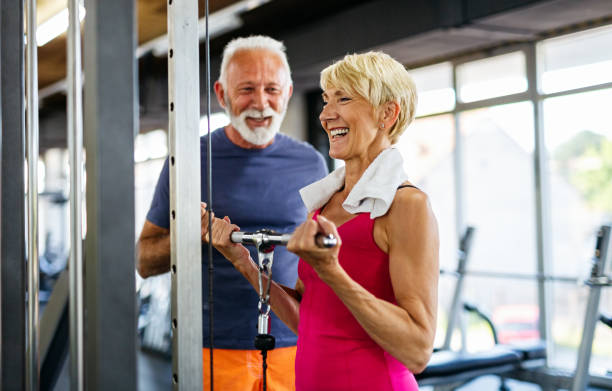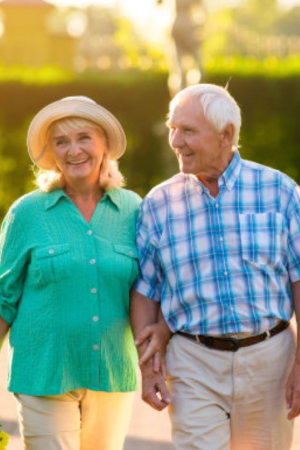
There comes a day in everyones life when Father Time catches up to Mother Nature.Its just another way of saying that eventually, the day will come when we wake up and our body reminds us that our youth has passed by even though we still feel young at heart.Welcome to the wonderful world of aging.For many people, growing older comes as a shock.One morning we bounce out of bed with a spring in our step and a day later the bounce and spring are gone, replaced by aches and pains that make getting out from under the covers an unpleasant task.
While no one can turn back the clock on time, you can wind it back up and continue to live a healthy, active life.All it takes is exercise.Symptoms of AgingPhysical decline is a natural part of the aging process.Most people peak physically around the age of 25, hit a plateau for about a decade and then their physical decline begins.
How fast the decline happens is dependent upon numerous factors, including but not limited to genetics, lifestyle, diet and exercise.The most common symptoms of physical decline are loss of strength, balance and endurance.Age-related loss of physical capabilities can be slowed and even reversed with the best-known prescription for longevity regular exercise.Research has shown that older adults who exercise two to three times per week are able to maintain healthy muscles and bones that combat a number of chronic conditions that threaten their ability to function normally and live independently.Exercise Slows the Aging ProcessStaying physically active as you grow older doesnt mean you have to run marathons or become a become a body builder.
What it does mean is committing to a regular schedule of physical activities that your current physical condition allows.Exercise physiologists agree that the best way for seniors to stay physically healthy is by engaging in the following exercise activities:Moderate intensity aerobic activities.This could entail walking briskly for 30-60 minutes each day or every other day.Higher intensity aerobic activities.If your physical condition permits, jogging or running for an hour a week will elevate your endurance levels.Muscle strengthening activities.Perform exercises 2-3 times a week that isolate major muscle groups such as legs, hips, back, shoulders and arms.You can do these exercises at home by lifting heavy shopping bags with your arms and legs or working with inexpensive resistance bands.Balance activities.Balance exercises are simple to perform yet render important benefits.
They involve walking heel-to-toe and getting up and down repeatedly from a sitting position.Stay Active, Stay HealthyRegardless of what type of exercise activity you choose, remember that any exercise is better than none.Many older adults think that when they start pushing the age of 60, that is all the exercise they need.Nothing could be further from the truth.
If you think that exercise is difficult to do, watch how easy it is to become ill when you are no longer physically fit.The one rule that applies to every senior considering an exercise program is to consult with your health provider before engaging in any strenuous activities.Every senior is different health-wise, so it is important to know what your physical capabilities and limitations are before starting an exercise regimen.The best time to start exercising is today.If you wait until tomorrow, tomorrow can become next week, next month or next year.
The key to a healthy life has no remote control, so get up and change it yourself.
Publisher: Senior Caregivers ( Read More )

